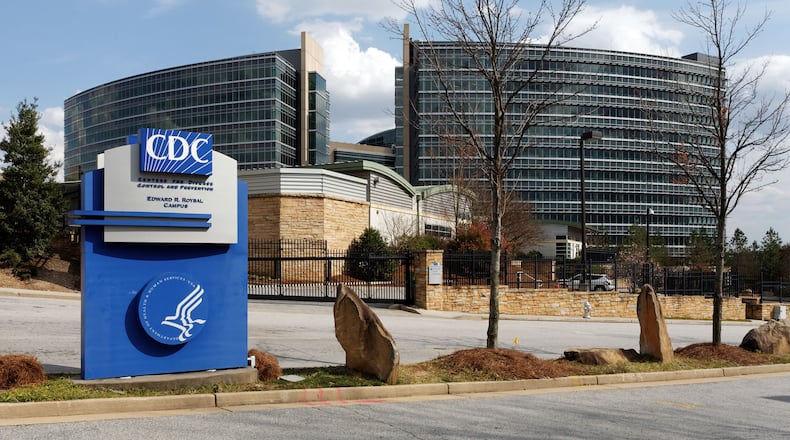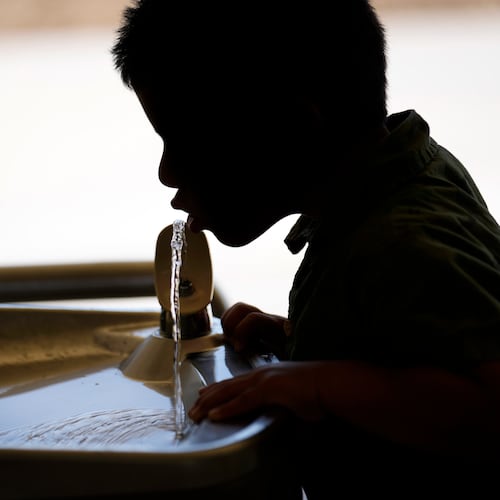The Centers for Disease Control and Prevention on Friday announced guidance for schools on the safety of reopening buildings for in-person classes during the COVID-19 pandemic, revealing strategies that are by now familiar to many Georgians, if not always followed.
The new guidance looks a lot like the old guidance, and President Joe Biden’s new director of the CDC, Rochelle P. Walensky, acknowledged as much in a briefing with reporters.
The CDC did extensive scientific review to write the new handbook, Walensky said. “So there’s more science to rely on and we’ve learned a lot from that science,” she said, adding that the recommendations are “free from political meddling.”
CDC recommendations under Donald Trump were reportedly reviewed and amended by the White House, leading to mistrust among many, including teachers. In much of the country, teachers have resisted returning to their school buildings, though that is beginning to change.
The teachers union in Chicago, one of the nation’s largest school districts, agreed this week to reopen school buildings as Biden pushes schools to do just that.
Still, Donna Harris-Aikens, a senior adviser with the U.S. Department of Education, said at the briefing that only 60% of schools are open nationally, and most of them just part time.
The situation is far different in Georgia, where teachers have less clout. They have organizations to advocate for them but no unions. As of this week, 146 of the state’s 180 school districts were offering full-time instruction in classrooms and another 17 were doing so at least part of the time, according to the Georgia Department of Education. Four more districts are allowing some grade levels to attend, typically younger students. That leaves just 13 districts that are all online, including Clayton and DeKalb counties in metro Atlanta.
Online students are falling behind academically, suffering from social isolation and going hungry, Harris-Aikens said: “We need to get kids back in the classroom.” In metro Atlanta, school districts have prepared and distributed meals to try to ensure online students would be fed during the pandemic.
The CDC is emphasizing five, by now well-known, strategies to open schools safely: masks, social distancing, hand-washing, cleaning and testing for infection combined with effective contact tracing.
The emphasis is on the first two: universal wearing of masks and minimal physical contact by maintaining at least 6 feet of distance and reducing the mixing of groups, which is easiest in elementary schools.
“These two strategies are incredibly important in areas that have high community spread of COVID-19, which right now is the vast majority of communities in the United States,” Walensky said.
The issue has driven a wedge in metro Atlanta, where parents have protested both for and against opening classrooms. Atlanta and Decatur recently began inviting students back, following behind Cobb, Fulton and Gwinnett counties and Marietta.
State School Superintendent Richard Woods said school districts that offer in-person instruction have found it to be popular. At a Jan. 27 hearing with state senators, he said about 70% to 90% of students were in classrooms in school districts that were offering the option. “Right now, most if not all of our districts are looking at coming back to some type of face-to-face school setting,” he added.
In some places, parents feel like they have no choice.
Jessica Jones Bekkerus, who lives in Cumming and has two children enrolled in the Forsyth County Schools, started the school year with them online. She said her daughter struggled academically while her son was having a hard time socially. She worried about sending them into their school buildings but felt she had no choice.
Now, she fears for their safety since masks are not mandatory. She said she has attended indoor basketball games — her daughter is on her middle school team ― where 60 to 75 kids were sitting side by side without masks.
She substitute teaches in her son’s elementary school and sees older kids who either don’t wear masks or don’t have one. “I have to say the kindergartners are like role models for mask-wearing,” she said.
Verdaillia Turner, president of both the Atlanta and Georgia Federation of Teachers, said her group supports reopening school buildings, but only if schools follow all of the guidance and also implement widespread rapid testing for infections. She acknowledged that the cost of the tests is an obstacle: “Test your adults at least,” she said.
The federal recommendations are merely that: States do not have to follow them, and Gov. Brian Kemp has not mandated masks in schools, so school districts can decide. (Most in metro Atlanta are mandating masks, but may not always have the space for adequate social distancing.)
Turner said she was talking to a friend recently about the pressure to return kids to school, first from the Trump administration and now from Biden’s: “I said the only difference is it is said with a smile now.”
About the Author
Keep Reading
The Latest
Featured


